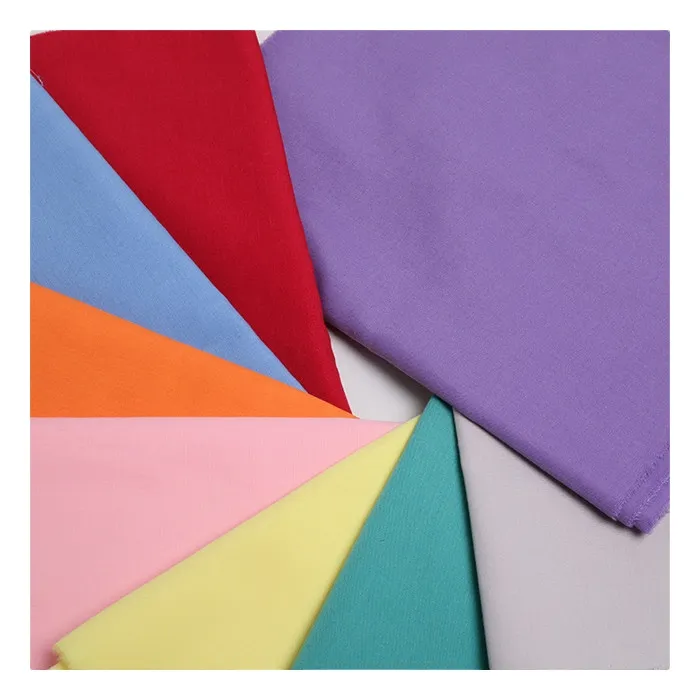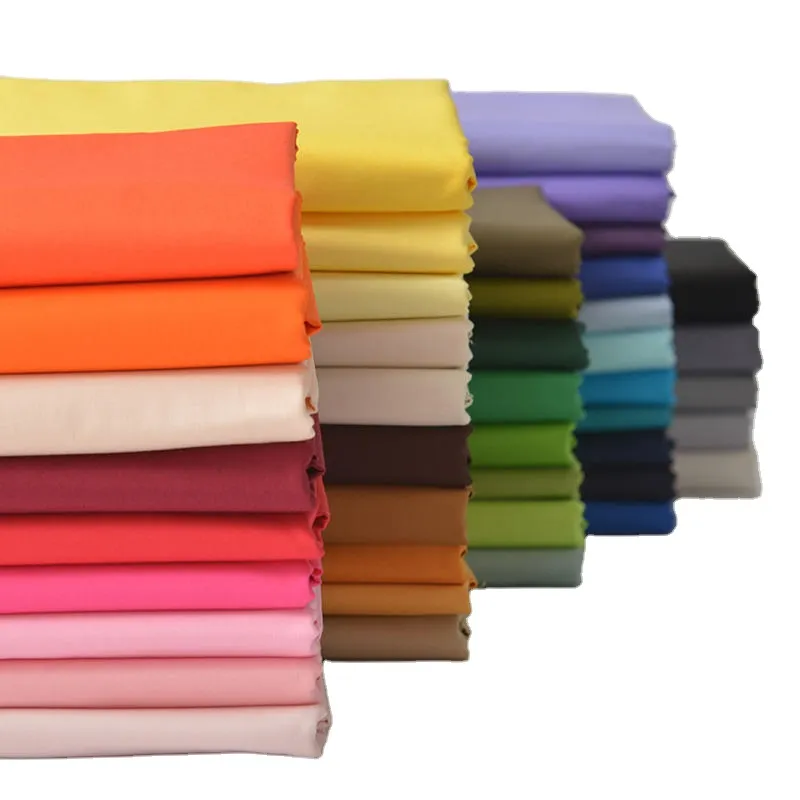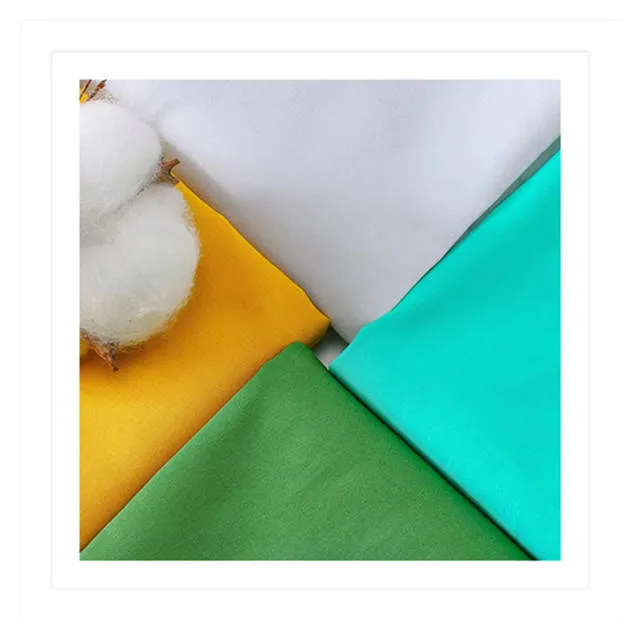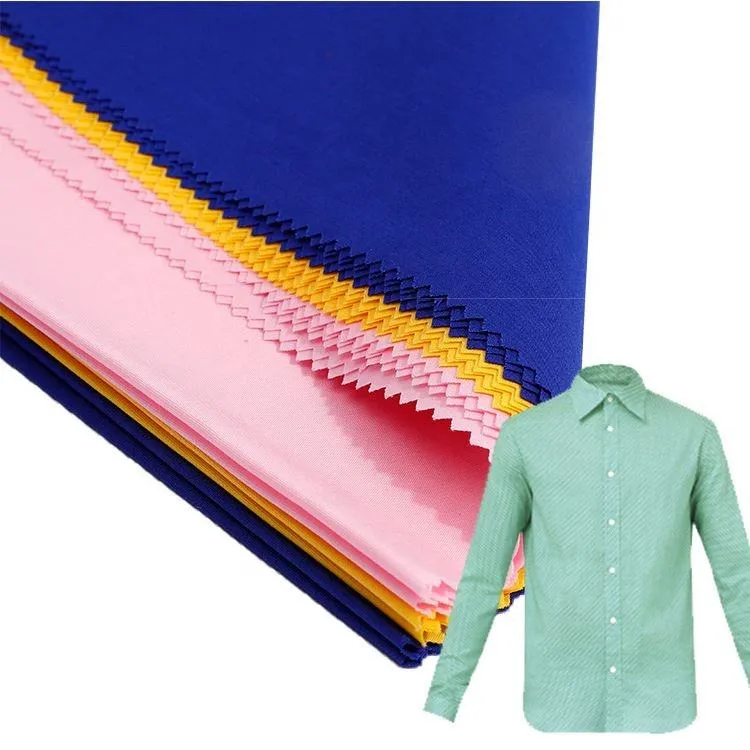
- Afrikaans
- Albanian
- Amharic
- Arabic
- Armenian
- Azerbaijani
- Basque
- Belarusian
- Bengali
- Bosnian
- Bulgarian
- Catalan
- Cebuano
- Corsican
- Croatian
- Czech
- Danish
- Dutch
- English
- Esperanto
- Estonian
- Finnish
- French
- Frisian
- Galician
- Georgian
- German
- Greek
- Gujarati
- haitian_creole
- hausa
- hawaiian
- Hebrew
- Hindi
- Miao
- Hungarian
- Icelandic
- igbo
- Indonesian
- irish
- Italian
- Japanese
- Javanese
- Kannada
- kazakh
- Khmer
- Rwandese
- Korean
- Kurdish
- Kyrgyz
- Lao
- Latin
- Latvian
- Lithuanian
- Luxembourgish
- Macedonian
- Malgashi
- Malay
- Malayalam
- Maltese
- Maori
- Marathi
- Mongolian
- Myanmar
- Nepali
- Norwegian
- Norwegian
- Occitan
- Pashto
- Persian
- Polish
- Portuguese
- Punjabi
- Romanian
- Russian
- Samoan
- scottish-gaelic
- Serbian
- Sesotho
- Shona
- Sindhi
- Sinhala
- Slovak
- Slovenian
- Somali
- Spanish
- Sundanese
- Swahili
- Swedish
- Tagalog
- Tajik
- Tamil
- Tatar
- Telugu
- Thai
- Turkish
- Turkmen
- Ukrainian
- Urdu
- Uighur
- Uzbek
- Vietnamese
- Welsh
- Bantu
- Yiddish
- Yoruba
- Zulu
High-Quality Carded Cotton Yarn for Softness & Versatility
Carded cotton and its derivatives such as carded open end cotton, combed carded, and carded yarn have become the backbone of the global textile sector. This in-depth study explores carded cotton manufacturing, technology evolution, and applications—using the high-performance carded cotton Tc65/35 110x76 White Fabric 44 Inches as a case study. We compare carded cotton vs combed cotton, analyze yarn parameters, integrate industry standards (ISO, ANSI), and provide real-world technical and application data for procurement, design, or manufacturing professionals.
Industry Overview & Trends: Carded Cotton Market and Applications (2024)
The carded cotton sector is forecasted to reach $33.4 billion globally by 2026 (source: Textile World 2023). Key contributors include Asia (esp. China, India, Bangladesh), where "carded open end cotton", "carded compact yarn" and blended carded products remain dominant.
Segmented usage:
- Apparel & Garment (57%)
- Home Textiles (18%)
- Industrial (12%)
- Medical/Nonwovens (8%)

Carded Cotton Industry Data Snapshot
| Parameter | Carded Cotton | Combed Cotton |
|---|---|---|
| Fiber Length (mm) | 22–30 | 27–38 |
| Yarn Evenness (CV%) | 12.5–17.0 | 10.0–13.5 |
| Tenacity (cN/tex) | 13–19 | 18–24 |
| Pilling Resistance (Grade) | 2–3 | 3–5 |
| Yarn Application | Weaving, Knitting, Towels | High-end Apparel, Bed Linen |
| Typical Yarn Count | 10s–40s (Ne) | 20s–60s (Ne) |
| Cost Index | Low-Mid | Mid-High |
Carded Cotton Manufacturing: Complete Process Flow
- Opening & Cleaning – Raw cotton bales are opened; trash/dust removed. (ISO 9001 process control)
- Carding – Cotton passes through carding machines: fibers are separated, aligned, and neps removed. Results in "card sliver".
- Drawing – Several card slivers are combined, straightened, and further blended for evenness.
- Roving – The drawn sliver is slightly twisted and wound (optional for ring spinning).
- Spinning (Open-End or Ring) – Final yarn is spun. For carded open end cotton, open end spinning is used; for finer counts, ring spinning.
- Winding – Yarns wound onto cones, checked for defects.
Carded and combed yarn differ primarily due to the absence of the extra "combing" (impurity removal and parallelizing) step in carded products, affecting yarn uniformity and feel.
Technical Parameter Comparison: Carded Cotton vs Combed Cotton
For textile engineers and procurement managers, choosing between carded cotton and combed variants like "cotton carded or combed" depends on cost, softness, pilling, and yarn evenness. Below is a consolidated comparison covering "carded vs combed cotton", "carded yarn and combed yarn", and "carded compact yarn" for critical metrics tracked to ISO 2060, ISO 1833, and ANSI/ASTM D2256 standards:
| Property | Carded Cotton | Combed Cotton |
|---|---|---|
| Hand Feel | Medium-soft, slightly fuzzy (Carded cotton soft, with natural feel) |
Ultra-soft, smooth, premium touch |
| Durability/Lifespan | Medium: 50–80 wash cycles | High: 80–150 wash cycles |
| Pilling Resistance | Lower (may show more pilling after repeated use) | Higher (surface stays smooth longer) |
| Cost (Index/ton) | 1.0 – 1.2 | 1.6 – 2.1 |
| Best For | Fashion, household textiles, industrial uses | Premium shirts, bed linen, undergarments |
| Whiteness Index | Min 70 | Min 74 |

Tc65/35 110x76 White Fabric 44 Inches Carded Cotton Quality: Product Analysis & Parameters
As a flagship carded cotton blend, Tc65/35 110x76 fabric combines 65% polyester (strength, wrinkle resistance, hydrophobicity) with 35% cotton (softness, moisture absorption) in a carded construction. This textile is mainly chosen for industrial, medical, and uniform applications, matching modern market needs (110x76 thread count, 44 inches width).
- Material: TC 65/35 Carded Cotton-Polyester Yarn
- Density: 110 x 76 threads per inch
- Width: 44 inches (112 cm)
- Weight: 132 – 140 gsm
- Tensile Strength: 590 N/5cm (warp), 460 N/5cm (weft) (ISO 13934-1)
- Whiteness: 72% min (ISO 105)
- Shrinkage: ≤2.0% (ISO 5077)
- Colorfastness: ≥4 grade (ISO 105C06/ISO 105X12)

Technical Data Table: Tc65/35 110x76 White Fabric Carded Cotton Quality
| Product Attribute | Specification | Standard/Method |
|---|---|---|
| Composition | 65% Polyester / 35% Carded Cotton | ISO 1833 |
| Yarn Construction | 30s Carded Yarn / 30s Carded Open End Yarn | ASTM D2256 |
| Thread Count | 110 x 76 | ISO 7211-5 |
| Width | 44 Inches / 112 cm | Industry Standard |
| Fabric Weight | 132–140 g/m2 | ISO 3801 |
| Tensile Strength | 590 N (warp) / 460 N (weft) | ISO 13934-1 |
| Shrinkage Rate | ≤2.0% | ISO 5077 |
| Color Fastness | ≥ 4 (washing/rubbing) | ISO 105C06 / 105X12 |
| Usage Life | 60–100 Industrial Washes | Lab Tested |

Industry Pricing Trends & Yarn Cost Benchmarking
30s carded cotton yarn price has shown moderate volatility post-2022 due to cotton supply/demand, cost of energy, and currency fluctuation. Key insights:
- 2023 China average: $2.40 – $2.65/kg (FOB)
- Pakistan/India average: $2.05 – $2.28/kg
- Carded compact yarn commands a 7–12% premium due to superior yarn evenness (TextileValueChain report)
Vendor Comparison: Carded Cotton Yarn/Fabric Manufacturers
| Vendor/Brand | Carded Count Available | Combed/Compact Types | QC & Certifications | Annual Output (tons) | Typical End-Use |
|---|---|---|---|---|---|
| Bosswin Textile (China) | 10s–40s, OE & Ring | Yes (Combed & Compact) | ISO 9001, OEKO-TEX, BSCI | 65,000 | Linen, uniform, industrial |
| Vardhman (India) | 8s–60s carded/combed | Yes | ISO 14001, ISO 9001 | 75,000 | Garment, home textile |
| Nishat (Pakistan) | 10s–45s, mostly ring | No (Combed only) | ISO, OEKO-TEX | 30,000 | Towel, bedsheet |
| Huafu Fashion (China) | 12s–32s, OE mainly | Yes | ZDH, ISO | 38,000 | Knitted, colored yarn |
Customization & Procurement: Service Model
- Width, Weight, Density: Customized per order; support for 36–120 inch fabrics, 100–185 gsm (ISO compliance)
- Color: RAL, Pantone, or customer sample matching; tested for colorfastness (≥ Grade 4, ISO 105X12)
- Finishes: Anti-bacterial, anti-static, water/oil repellency, FR (per ASTM D6413, EN ISO 15025)
- MOQ: 3,000 meters (for TC65/35 110x76)
- Lead Time: 18–28 days typically (peak season: up to 32 days)
- Quality Assurance: 12 months warranty, defect rate
- After-Sales: Free return/replacement for confirmed defects, 24/7 support
Application Scenarios & Industry Cases of Carded Cotton
TC65/35 110x76 carded cotton fabric is widely used in chemical plant and refinery workwear. The carded yarn structure provides cost-effectiveness, while polyester improves antistatic and stain resistance. Complies with EN ISO 13688.
Hospitals in the Middle East/North Africa select this fabric for high turnover bedding due to its proven colorfastness (per ISO 105), comfort, and durability under >80 industrial washes.
Major steel plants in Turkey reported a 15% reduction in bedding replacement costs after switching to Bosswin's carded cotton TC65/35 fabric. (Data: Client feedback, 2023)
Professional FAQ: Carded Cotton Technology & Industrial Adoption
Expert Answers to Key Questions
Order & Support Details for Tc65/35 110x76 White Fabric
- Lead Time: 18–28 days
- MOQ: 3,000 meters
- Certificate Available: ISO 9001/14001, OEKO-TEX 100, BSCI
- Warranty: 12 months
- Support: 24/7 online assistance, rapid sample dispatch
- QC: 100% roll inspection; 0.25% maximum defect policy enforced (SGS Textile QC Reference)
References & Further Reading
-
The Versatility and Elegance of White Cotton Poplin FabricNewsJun.23,2025
-
The Luxurious Comfort of Carded CottonNewsJun.23,2025
-
Explore the Luxurious Comfort of Cotton Flannel ClothNewsJun.23,2025
-
Discover the Versatility of Cotton Poplin ClothNewsJun.23,2025
-
Bleach Cotton FabricNewsJun.23,2025
-
100 Cotton BlendNewsJun.23,2025
-
Versatile Elegance with Poplin Fabric for SaleNewsMay.15,2025

